A unified sustainable development model starts safely

On December 18, Changsha, China, the Sustainable Developers Conference of Uni-President Low-Carbon Technology (Xinjiang) Co., Ltd. (hereinafter referred to as Uni-President or Uni-President) was held in anticipation. Previously, at the end of November, when Li Jia, general manager of Uni-President Co., Ltd. and CEO of Uni-President Petrochemical, attended the 28th United Nations Climate Change Conference (hereinafter referred to as COP28) to share a unified low-carbon case, the dealer system began to predict that there may be major changes in the unified play in 2024 compared with last year.
COP28 returns,Unified 2024 style of play upgraded
As a low-carbon pioneer, a large-scale communication conference will be held on December 18 every year, one is a summary of the conference, to thank the dealers. The second is the launch of the conference, to clearly tell the family what to do in the new year, and what tools and services have been prepared for this purpose.
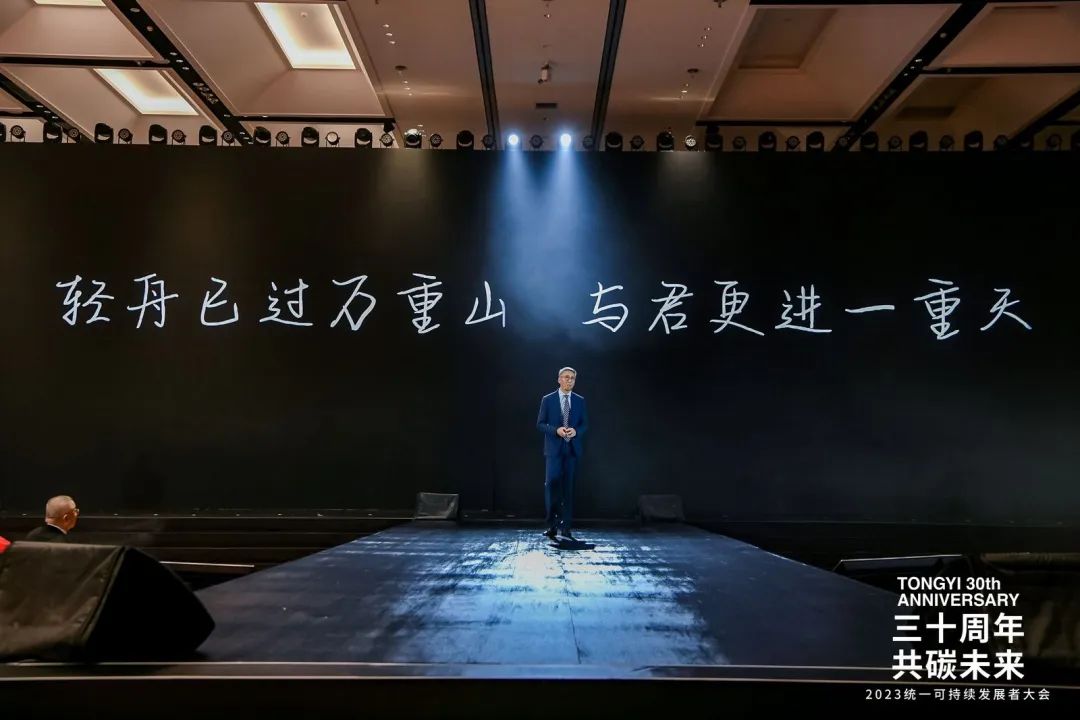
At the beginning of the conference, Li Jia made it clear that "there will be two types of demand for lubricants/greases in the market in the future, low-carbon and non-low-carbon lubricants, and they have the opportunity to become leaders in the demand for low-carbon lubricants." ”

"In the field of coolant, there will be two kinds of demand for fuel vehicles and new energy demand in the future, and Unified will have the opportunity to become a leader in the demand for new energy coolant."
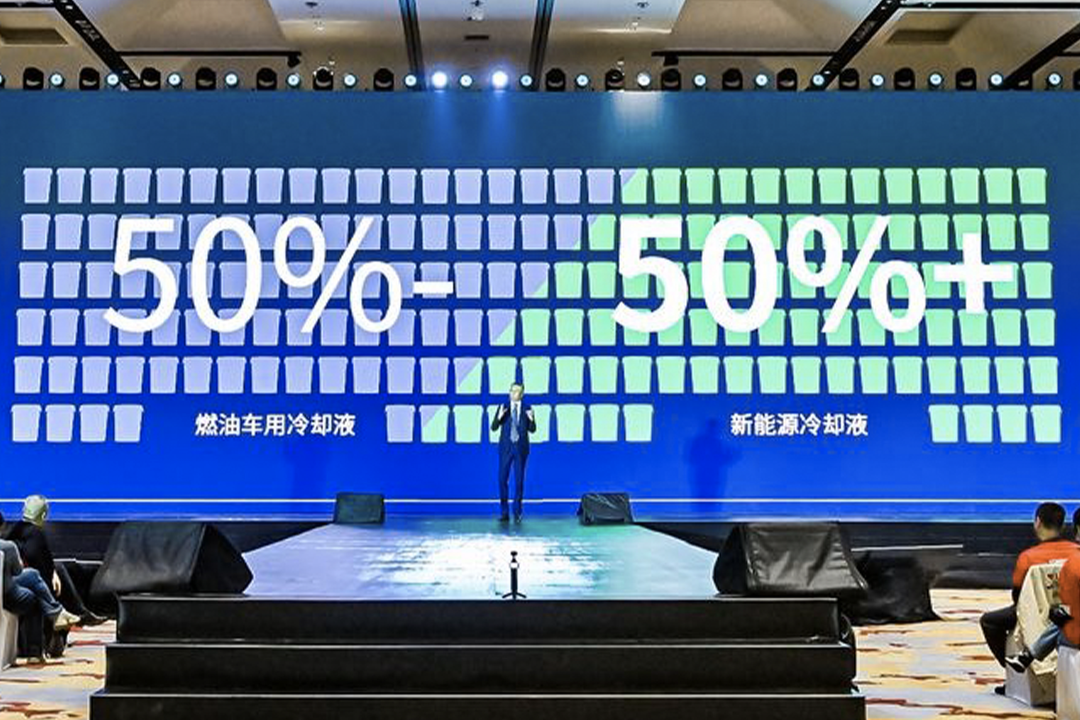
The confidence basis of the "5/5 open market" view is that as a powerful holding subsidiary of a central enterprise, Uni-President shares should reflect social responsibility, and will actively participate in responding to climate change, and take the initiative and act comprehensively. Second, as a specialized and special new enterprise with mature carbon reduction technology and plastic removal technology, in response to the requirements of the national action plan of "improving the supply of green and low-carbon products and promoting 10,000 kinds of green and low-carbon products", it will uniformly adhere to the articles on high-quality development on the supply side, and reshape the industrial system and downstream industries through the innovation of underlying materials. Third, as an enterprise that always pays attention to the interests of customers, it has developed low-carbon and new energy oils three years in advance, and laid out low-carbon market opportunities. At the same time, China Cinda has arranged special personnel to connect with the low-carbon transformation business opportunities of hundreds of investment enterprises in the Cinda system, and the unified ground service team will also formulate more efficient escort support plans for dealers at any time.
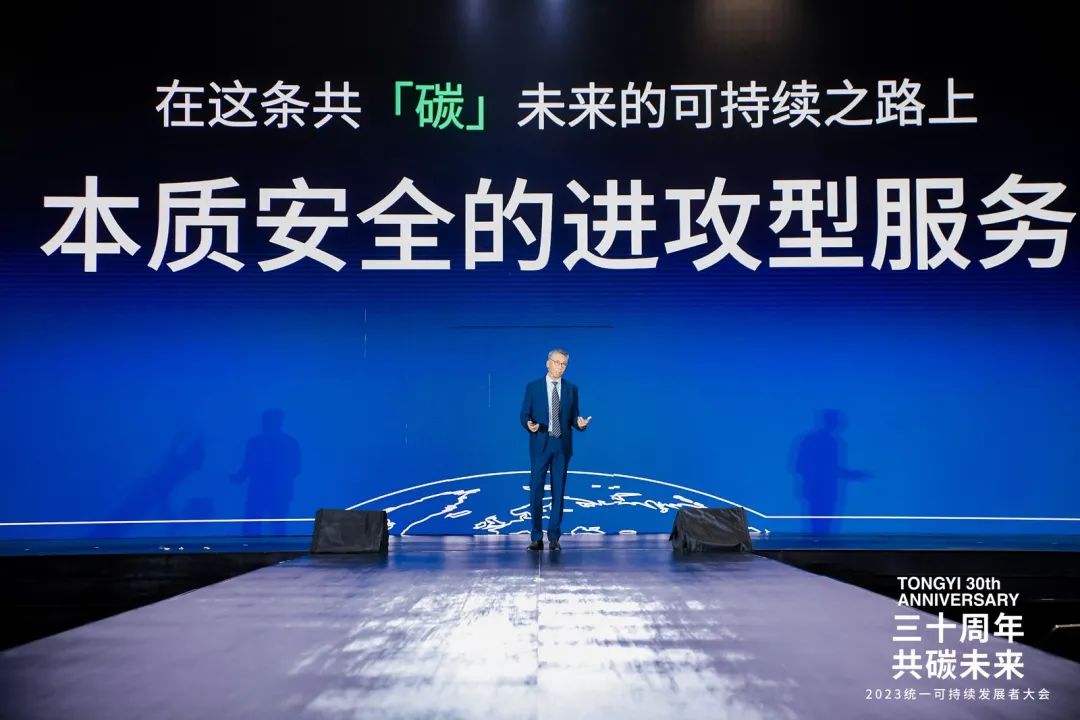
The source of the strongest confidence in unification is still the huge "carbon rich" business opportunities derived from the country's carbon neutrality road in the future. And this opportunity, as Xie Zhenhua said at COP28, will actually peak carbon emissions earlier than in 2030.
According to the latest research data from Tsinghua University's Suzhou Environmental Innovation Research, first, carbon dioxide emissions from the power sector, which is a major carbon emitter, will peak in 2025. Second, by 2050, the terminal energy consumption of the industrial sector will be reduced by 24% compared with 2020, carbon emissions will be reduced by 68% compared with 2020, and the total investment demand will be 2.66 trillion yuan, and the demand for low-carbon technology products will be at its peak around 2025. Third, the final energy demand in the transportation sector will be reduced by about 22% compared with 2020, carbon emissions will be reduced by more than 44% compared with 2020, and the total investment demand will be 17.57 trillion yuan, and the demand for low-carbon technology products will also be at its peak in 2025.
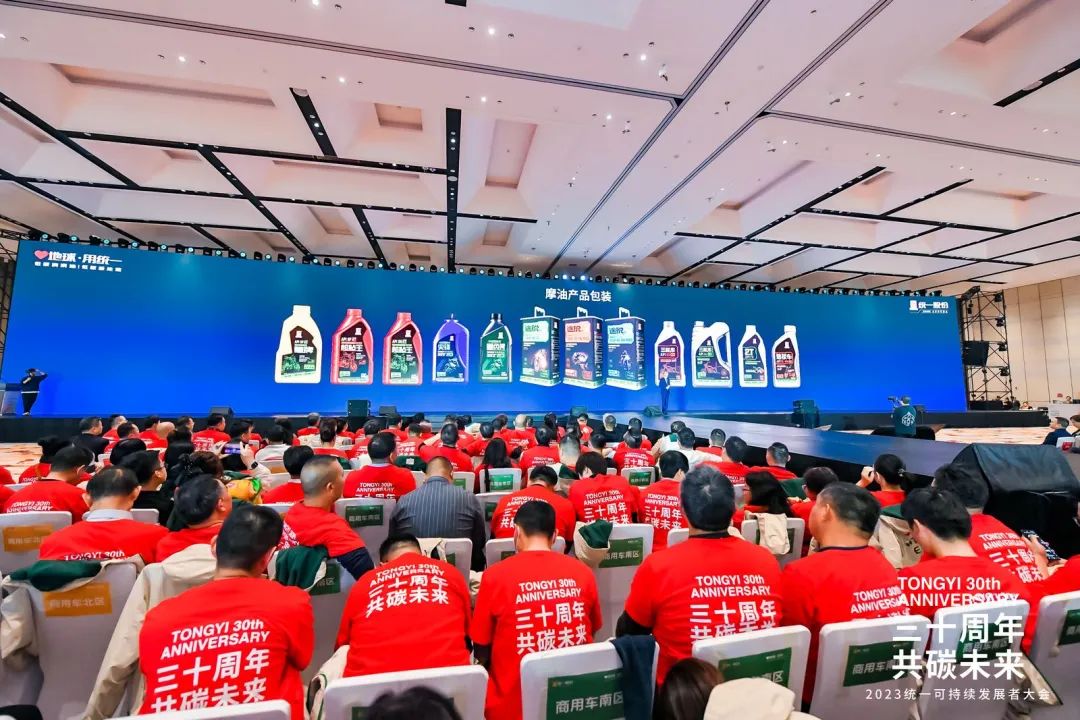
In 2024, Tongyi will make full efforts to implement low-carbon transformation solutions in the five major areas of carbon emission concentration. According to the data of the conference, with mature carbon reduction technology and plastic removal methods, low-carbon product solutions fully cover nine fields: industry, construction machinery and mining, commercial vehicles, passenger cars, high-speed rail, agricultural machinery, ships, motorcycles, and new energy. All of them have passed low-carbon certification and the corresponding Chinese national standards, American Petroleum Institute API, European Society of Automotive Engineers ACEA, Japan Lubricating Oil Association, and original factory certification, meeting the procurement requirements of national, local, enterprise and consumer procurement.
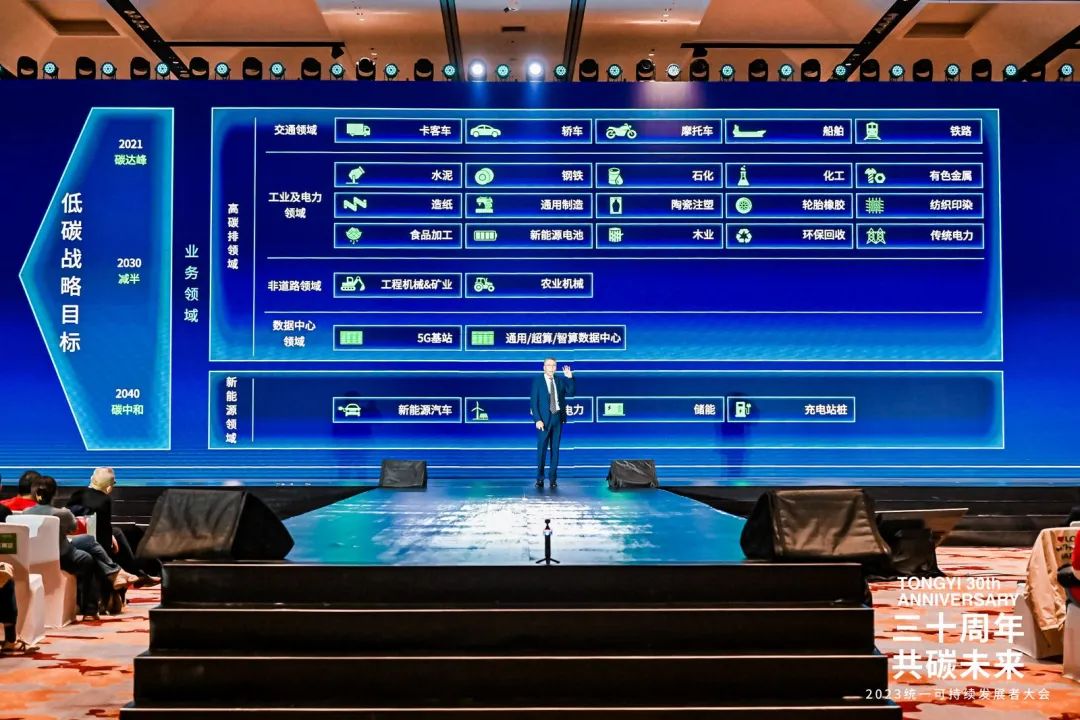
Previously, the Ministry of Industry and Information Technology, the National Development and Reform Commission, and the Ministry of Ecology and Environment jointly issued the "Implementation Plan for Carbon Peaking in the Industrial Sector", which clearly carried out two major actions. The first is the peak action of key industries, focusing on key industries, reducing carbon emission intensity and controlling carbon emissions; The second is to improve the supply of green and low-carbon products, and give full play to the supporting role of green and low-carbon products and equipment in the work of carbon peak and carbon neutrality.
In the face of business opportunities in advance, the country is actively promoting. Li Jia said that with the "pioneer" serving the "first awakener", the unified low-carbon market expansion effect will be 1+1>2, that is, with excellent technology and rich product family, to connect with more active industry leaders, which is the priority of the unified low-carbon lubrication market in 2024.
service transformation needs,Be a helper in the era of carbon peaking
Zhang Xiaohui, dean of Tsinghua University's PBC School of Finance, said that about 150 trillion to 300 trillion yuan will be invested to achieve the dual carbon strategy. On average, 3.75 trillion yuan to 7.5 trillion yuan will be invested in the dual carbon field every year. Industry insiders believe that the huge investment also shows that the implied low-carbon investment cost may discourage many enterprises.
In the face of the common misunderstanding that the industry does not reduce carbon emissions, based on the practice and technical confidence of unified low-carbon transformation, Li Jia said that to help high-emission users achieve growth and sustainable development at the same time, and put forward "carbon reduction and cost reduction" is a unified low-carbon strategic concept and the original intention of the market.
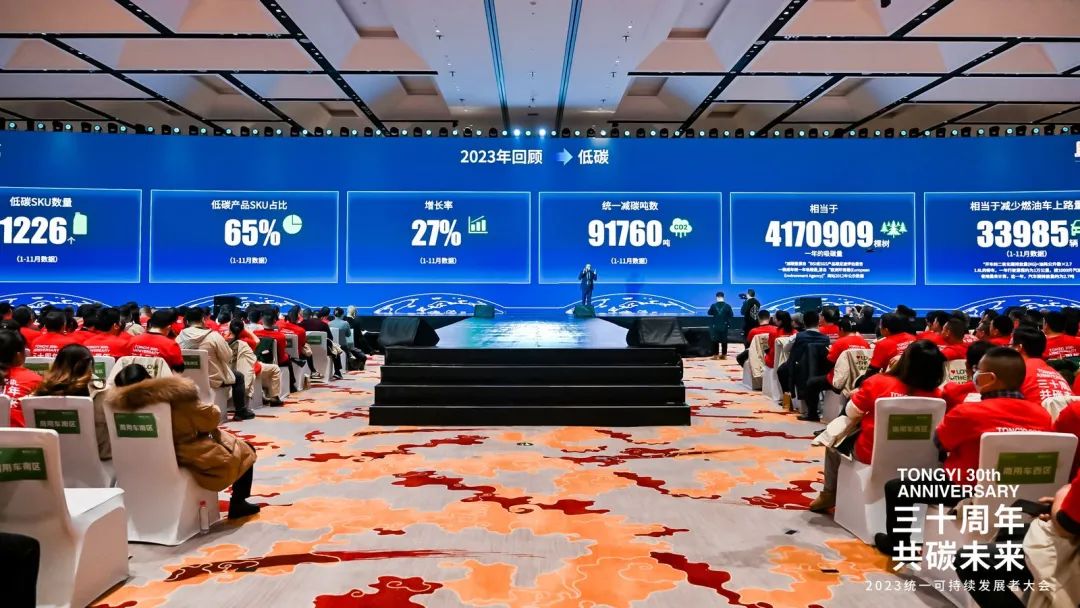
As for how to reduce costs, the current successful practice of unification has "reduced" and eliminated many unnecessary costs through the two low-carbon technical means of product carbon reduction and packaging material deplasticization. Plastic-free packaging, label-free packaging, and degradable material packaging are the results of low-carbon and plastic-free packaging that have been launched this year.
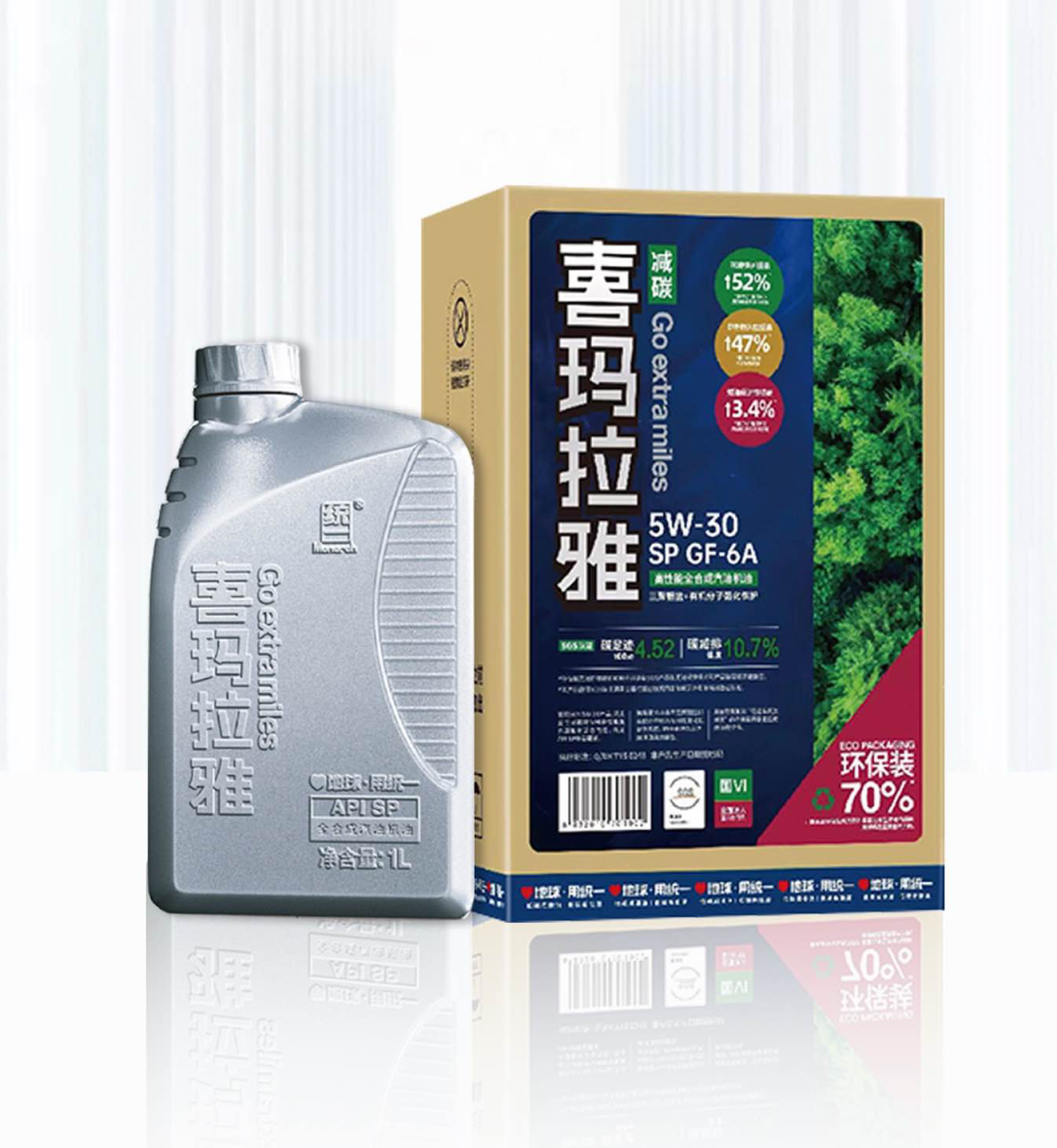
The Sustainability Conference unveiled a number of sustainable products with the promotional name "Tree in a Bottle" as the core. According to the test report, 90.3% of the natural anaerobic environment was degraded in 779 days, and continued to degrade at a certain stable rate, gradually decomposing completely into water and carbon dioxide.
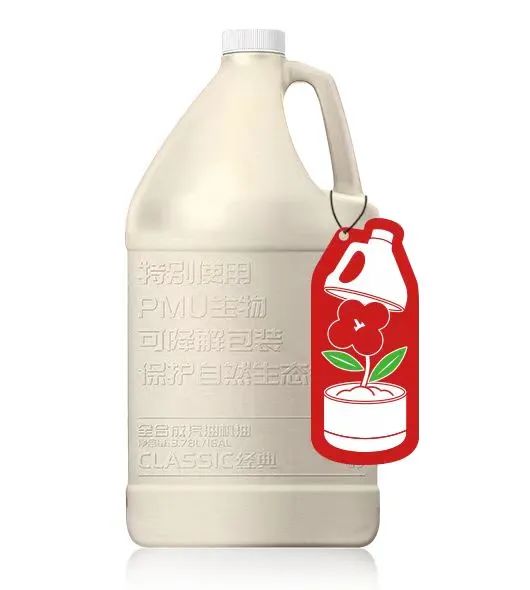
In addition, if the upstream and downstream reduce carbon and plastic together, the cost reduction will be more obvious. as lubricationOil lineEnterprises with mature low-carbon supply chains should effectively transmit their preferences for carbon emission reduction to other enterprises in the supply chain, so that the green supply chain can play its social attributes faster, generate more synergy, and ultimately reduce the procurement cost of the entire industrial chain and jointly achieve green no premium.
According to a research report released by the Beijing Institute of Green Finance and Sustainable Development and the Hillhouse Institute of Industry and Innovation, if low-carbon technologies cannot be effectively used for transformation, the market share of steel, electricity, cement, chemicals, coal, petrochemicals, and aluminum will gradually be replaced by low-carbon products. Industry insiders believe that where to start has become a difficult problem for traditional high-carbon emission industries. The unified experience is that only when industries with high energy consumption and high carbon emissions carry out technological innovation and achieve low-carbon transformation and technological upgrading, will there be room for premium and development potential in the future. In October this year, the Unified Green and Low-Carbon Supply Alliance, which has been in operation for three years, was officially established to gather more low-carbon innovative technologies and talent reserves to continuously meet the emission reduction needs of high-carbon emission fields.
In addition, low-carbon upgrading is not just about selling low-carbon products to users. Unified and in-depth practice, carbon data accounting methods and technical routes are very important. Otherwise, it will be difficult to "synchronize or recognize emission reduction data" with downstream enterprises when using so-called "low-carbon products", which will eventually lead to the "failure" of carbon reduction products.
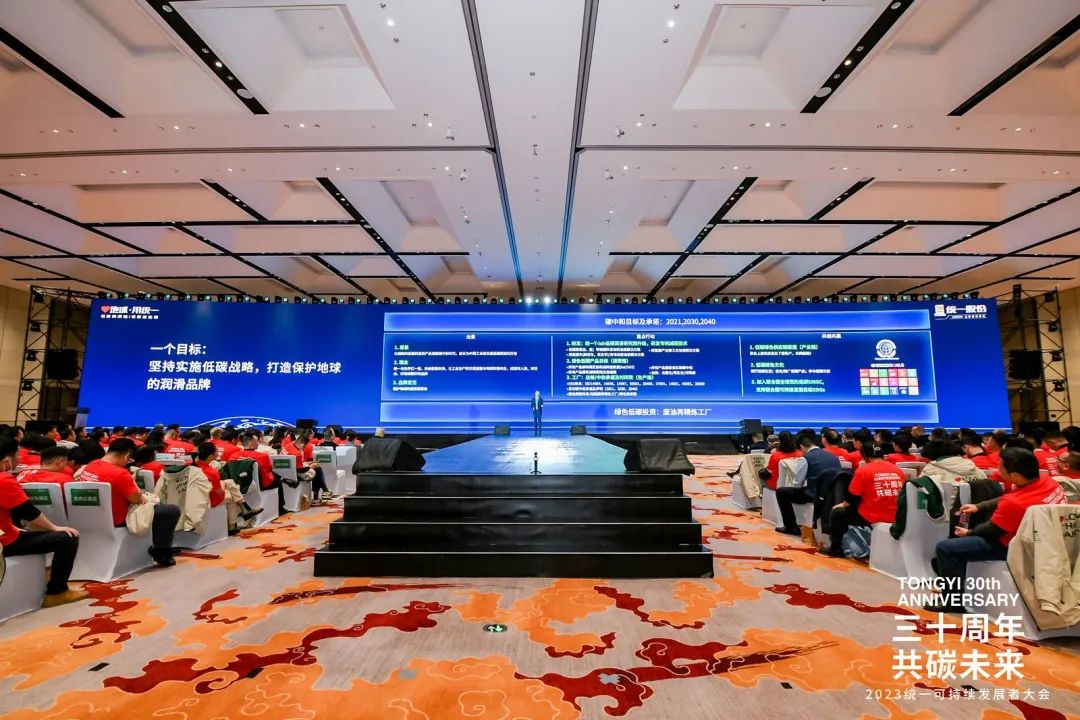
In this regard, in terms of mutual recognition and interoperability of dual-carbon data, behind the unified "quadrangle" is all certification and regular inspection from international dual-carbon quality management institutions such as BSI and SGS. In terms of system, it can realize the precise docking of carbon management technology and mutual recognition with emission reduction enterprises to ensure that the carbon reduction results are recognized in both domestic and foreign markets. Fundamentally solve the effectiveness of carbon data management of high-carbon emission enterprises, and the emission reduction results have been recognized by all parties.
The mission of the helpers in the era of unifying carbon peaking is to pass on layer by layer. As a front-line servicer, the dealer is actually a kind of helped. Stepping into 2024, designing a low-carbon business model that can help dealers make money and achieve sustainable cooperation is the highlight of this sustainable developer conference.
The essence of channel guarantee is upgraded,The low-carbon strategy has set sail safely
At the threshold of change in the era of carbon peaking, the traditional lubricant business model has gradually entered a period of change in the past 30 years. How to make low-carbon and ESG products that dealers love? The unified idea is to be low-carbon when making money, and low-carbon to make money.
Low-carbon stores, adopting the concept of electricity saving and carbon reduction, are a channel-oriented sustainable development model practiced after low-carbon technologies, low-carbon products, and low-carbon alliances. In the store, through the promotion of low-carbon products, the sharing of low-carbon knowledge, the use of intelligent waste oil recycling equipment and a series of new promotion services, the sales experience of low-carbon products by users and channels is increased in an all-round way. Compared with the traditional business model, low-carbon stores have guaranteed operational safety, and the short-term and long-term goals of a unified low-carbon strategy can be taken into account.
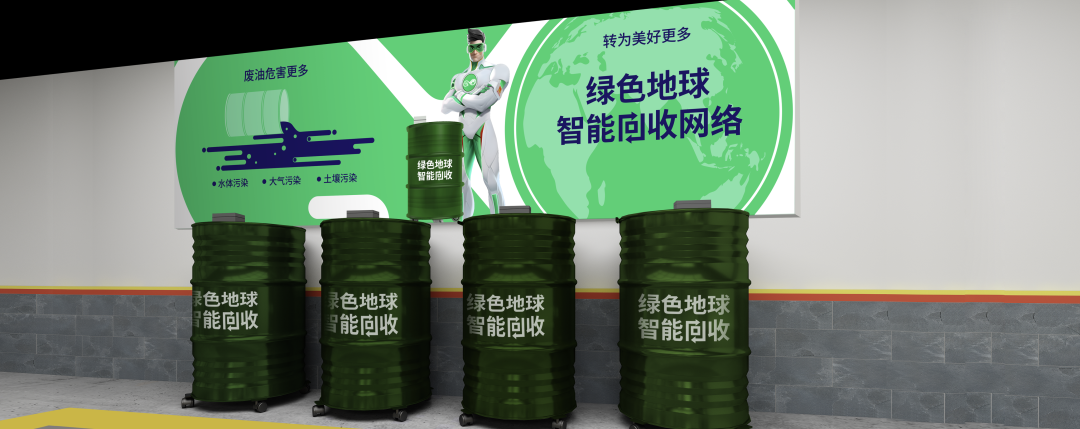
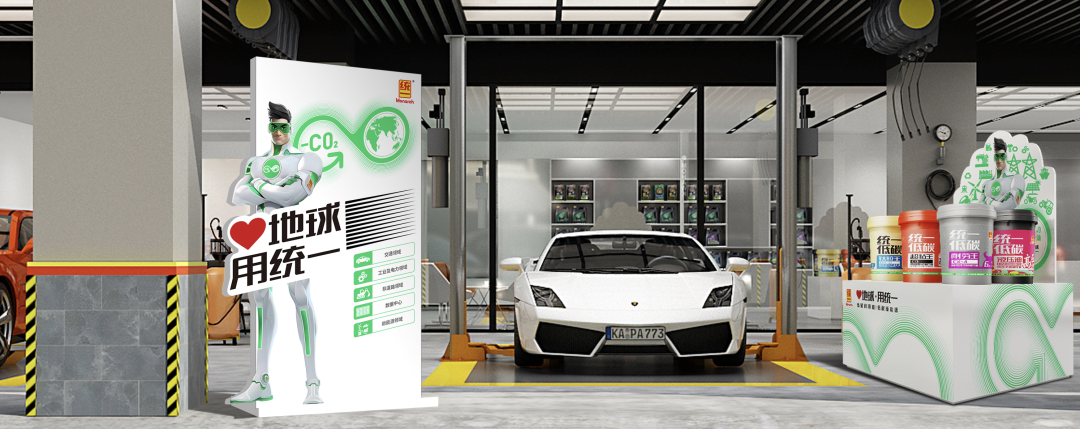
At the same time, in order to further support the dealer system to carry out the low-carbon strategy, on the basis of the low-carbon store model, the training plan for the new generation of low-carbon talents will be launched for the new generation of dealer groups, that is, the New Era Lubricator Alliance will be launched in 2024 to make the upgrading and transformation process of the carbon peak generation more sustainable.
Opportunities are always reserved for those who are prepared. On December 18, the low-carbon fleet of unified and sustainable development has set sail in an all-round way.







